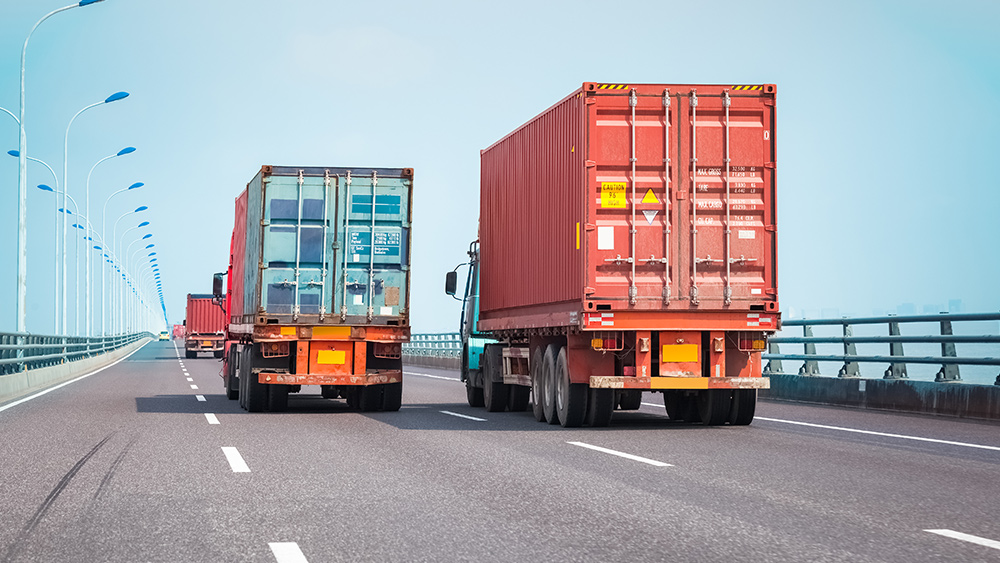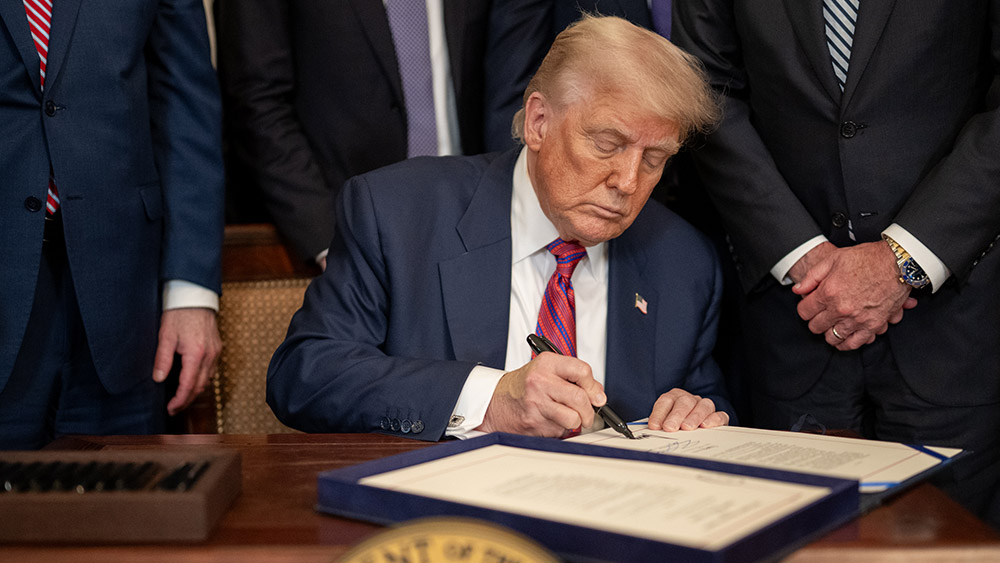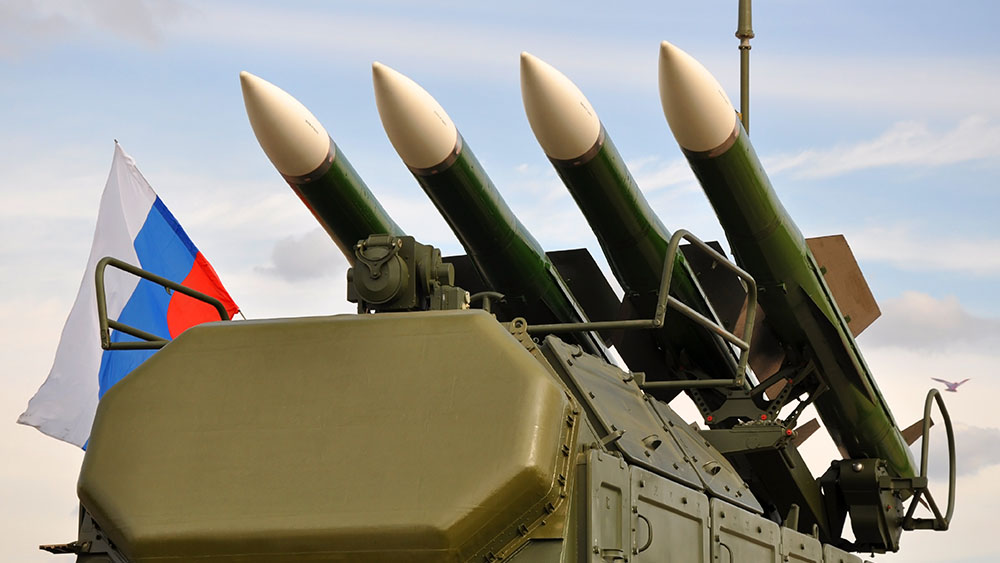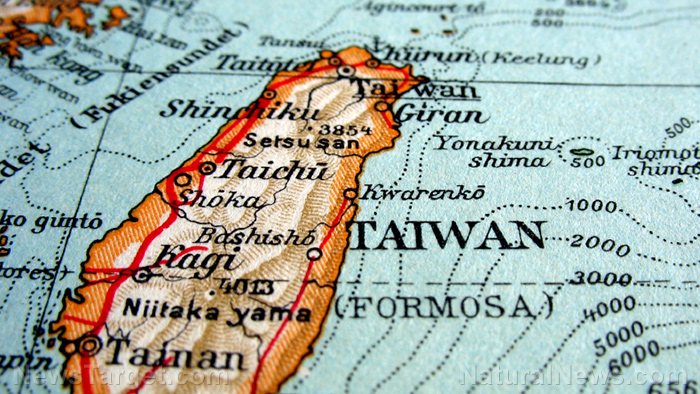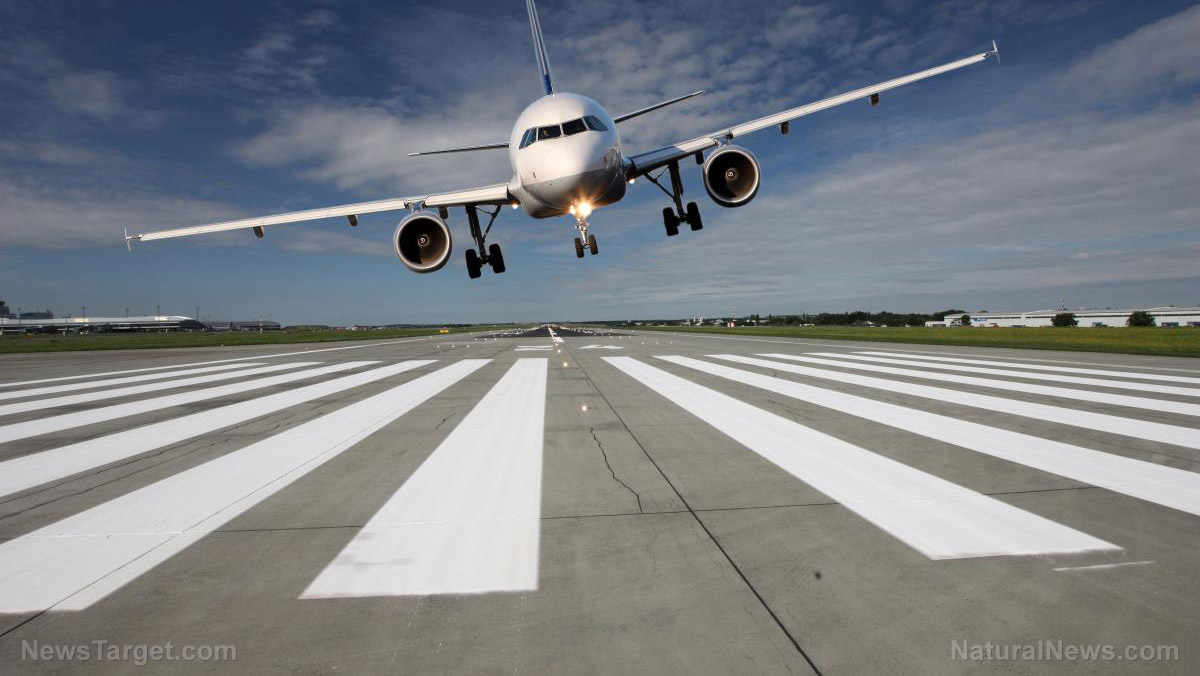
- 5G expansion sparks air safety crisis, new math solution offers lifeline.
- A global aviation-industry gamble: Fast internet vs. flight safety risks.
- Radio altimeter interference threatens takeoffs, landings in poor weather.
- Exclusion zones shaped by stochastic geometry optimize radio wave interference.
- Researchers urge informed policy-making to prioritize coexistence of 5G and aviation.
The 5G-aviation safety conflict
Airlines such as United have warned of a “devastating impact” if 5G expands near airports, with carriers restricting certain aircraft operations and routes. The FAA echoed these concerns, noting that even minor altimeter errors could jeopardize operations in foggy, rainy, or icy conditions. Early 2023 experiments in the U.S. sparked flight cancellations, prompting regulators to mandate buffer zones around airports where 5G signals would be scaled back. Yet these measures lacked precise evidence on optimal design—until now.A geometric breakthrough: Shapes that safeguard skies
KAUST’s team applied stochastic geometry—a statistical method modeling random structures—to design exclusion zones. By analyzing 5G interference patterns around runways, they found triangular exclusion zones around runways minimized altimeter harm while limiting the impact on 5G performance. The zones reduce nearby 5G towers’ use of higher frequencies (above 3.7 GHz), relying instead on older, lower-bands for connectivity. Ph.D. researcher Safa Khemiri likened the zones to “closing a lane on a highway”: data still moves but at slower speeds. Quantifying the trade-off, simulations revealed a 20% drop in 5G performance with one tower in a zone, rising to 50% with three towers. “These losses are significant but manageable,” Khemiri said, “if zones are shaped correctly.”Global implications for regulation and connectivity
The study arrives as over 20 countries, including the U.S. and France, have restricted 5G near airports. By offering measurable benchmarks—distance, shape—KAUST’s work could help regulators precisely map exclusion zones. “This stops arbitrary decisions,” Alouini stressed. “We show how to prioritize safety without stifling 5G entirely.” The research also underscores a broader trend: emerging tech must often adapt to safeguard existing critical systems. Just as analog radio altimeters predate smart devices, future innovations—like quantum sensors or satellite internet—will likely face similar coexistence challenges.Toward skies of collaboration
As 5G continues its global rollout, this study highlights the need for cross-sector dialogue. “Aviation authorities, telecom companies and mathematicians must partner,” Alouini said. “Math can’t fly a plane, but it can make sure its tools work when pilots need them most.” For passengers, that means flights won’t have to choose between cutting-edge tech and safe landings—all thanks to a triangle and a few tricky equations. The stakes extend beyond technical harmony. Delays in resolving these conflicts could cost airlines billions annually, stall global trade and tourism recovery, and risk stranded passengers during peak seasons. Meanwhile, nations like Japan and South Korea have demonstrated that 5G-C-band deployments can coexist safely with aviation through rigorous testing and phased rollouts. Yet shortcuts could jeopardize both innovation and stability. Public health hinges on uninterrupted emergency transport networks, while the economy depends on seamless supply chains.Integrating future tech
Government agencies like the FCC and FAA must champion collaborative forums, incentivize iterative testing and enforce standards rooted in peer-reviewed research. Only by uniting mathematics, policy and industry expertise—a modern-day golden triangle—can society achieve the dual promise of high-speed connectivity and aviation safety, ensuring the skies remain a shared space of progress. There is no room for compromise; the world must pursue solutions as precise as the equations they depend on. Sources for this article include: TechXplore.com IEEExplore.IEEE.org EurekaAlert.org ScienMag.comRudy Giuliani seriously INJURED in New Hampshire crash, later discharged from hospital
By Ramon Tomey // Share
Combat wrinkles naturally with a healthy diet
By Willow Tohi // Share
Fraudulent CDL testing scheme exposed: Migrants CHEATING their way into trucking jobs
By Ramon Tomey // Share
Trump signs executive order seeking to end collective bargaining in some federal agencies
By Laura Harris // Share
Alberta launches digital wallet for government IDs, raising privacy and future mandate concerns
By Belle Carter // Share
A viral video ignites federal firestorm over Minnesota fraud
By willowt // Share
Russia activates "unstoppable" Poseidon tsunami drone
By kevinhughes // Share
Russian FM Lavrov: Moscow will back China on Taiwan issue
By ramontomeydw // Share
The breakfast clock: Why timing your morning meal is a secret weapon against high cholesterol
By jacobthomas // Share
The Health Ranger's New Year Revolution: The ultimate guide to health, wealth and freedom
By kevinhughes // Share
"Absolute Healing" on BrightU: Experts explore COVID-19 as an engineered bioweapon
By jacobthomas // Share



